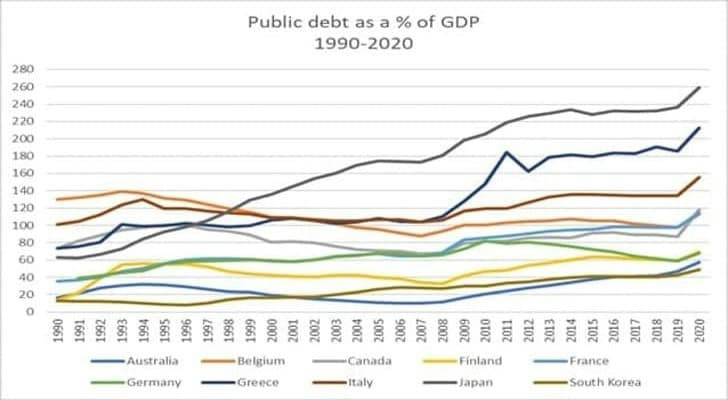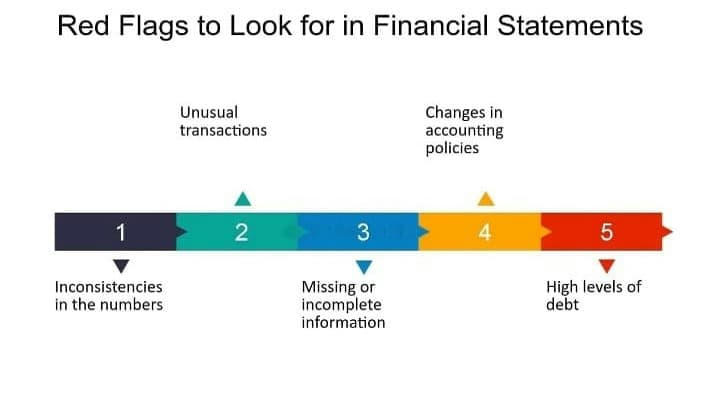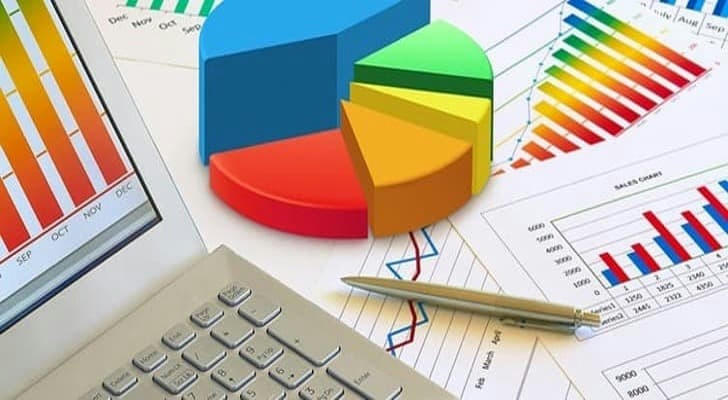Financial Red Flags You Should Never Ignore in Daily Life
We’ve all been there—swiping a credit card a little too freely, skipping a budget review for "just one month," or telling ourselves, "I will deal with this bill later." But small financial habits can snowball into big problems.
In the U.S., where 57% of adults can’t cover a $1,000 emergency expense (Bankrate 2023), recognizing money red flags early is crucial. This article reveals:
✔ 8 subtle financial danger signs you might be overlooking
✔ How to fix them before they hurt your credit score or savings
✔ A real case of how one missed alert led to a $5,000 debt spiral
Red Flag 1: You’re Always "Just Covering" Bills
The Sign: You pay rent or utilities right on the due date (or worse, late) with zero leftover cash.
Why It’s Bad: Living paycheck-to-paycheck leaves no room for emergencies. A single car repair or medical bill can force debt.
✅ Fix It: Try the "48-Hour Rule"—after paying bills, wait two days before spending on non-essentials. If you can’t, you’re overspending.

Red Flag 2: Your Credit Card Balances Never Hit $0
The Sign: You carry a balance month-to-month, even if it’s "just $200."
Why It’s Bad: Interest compounds fast. A $2,000 balance at 18% APR costs $360/year in pure interest—that’s money thrown away.
✅ Fix It: Freeze discretionary spending (dining out, subscriptions) until the balance is gone.
Real Case: Mike, a teacher in Texas, kept a "small" $800 balance on his card for 6 months. With fees and interest, it ballooned to $1,100 before he noticed.

Red Flag 3: You Don’t Know Your Credit Score
The Sign: You haven’t checked your credit report in over a year.
Why It’s Bad: Errors (like false late payments) or identity theft can tank your score silently.
✅ Fix It: Use AnnualCreditReport.com (the only free, government-authorized source) to check reports from all 3 bureaus yearly.

Red Flag 4: "Buy Now, Pay Later" Is Your Default
The Sign: You rely on Klarna, Afterpay, or Affirm for routine purchases (like groceries or clothes).
Why It’s Bad: These services don’t report on-time payments to credit bureaus but can send you to collections if you default.
✅ Fix It: Delete saved BNPL accounts from your browser. If you wouldn’t pay cash, don’t finance it.
Red Flag 5: Your Savings Haven’t Grown in 6+ Months
The Sign: Your emergency fund stays stuck at the same amount (or dwindles).
Why It’s Bad: Inflation raises costs yearly. If savings don’t grow, you’re effectively losing money.
✅ Fix It: Automate transfers. Even $20/week = $1,040/year saved painlessly.
Red Flag 6: You’re Using Loans to Pay Other Debts
The Sign: You take personal loans or balance-transfer cards to "manage" credit card debt.
Why It’s Bad: This kicks the can down the road—often with higher long-term costs.
✅ Fix It: Talk to a nonprofit credit counselor (NFCC.org) for a free debt plan.
Real Case: Lisa (California) consolidated $12k in credit card debt with a personal loan—then ran the cards back up. She ended up with double the debt in 18 months.
Red Flag 7: You’re Ignoring Small Fees
The Sign: You dismiss $35 overdraft fees or $12 late charges as "no big deal."
Why It’s Bad: Those fees add up to $470/year for the average American (CFPB).
✅ Fix It: Set up low-balance alerts and automate minimum payments.
Red Flag 8: Your Friends Joke About Your Spending
The Sign: Comments like "Another Amazon package?" or "You always order the expensive wine!" surface often.
Why It’s Bad: Peer observations often spot blind spots.
✅ Fix It: Try a "No-Spend Month"—cut non-essential purchases for 30 days to reset habits.
The Domino Effect: How One Red Flag Caused a $5,000 Disaster
Background: Jake, a 28-year-old in Florida, ignored multiple red flags:
He stopped checking his credit score after getting a car loan.
His savings stayed at $200 for 2 years.
He used BNPL for a $1,200 couch, missing two payments.
The Spiral:
The BNPL company reported the delinquency, dropping his score by 60 points.
His car insurance premium rose $40/month due to the lower score.
When his laptop broke, he had no savings and put a $900 replacement on a high-interest card.
Total avoidable cost: Over $5,000 in 10 months.
How to Audit Your Finances in 15 Minutes
Check account balances (bank, credit cards, loans).
Review subscriptions (cancel 1 you don’t use).
Set one financial goal (e.g., "$500 emergency fund by October").
